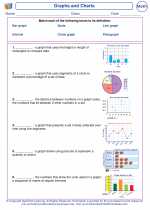Nonagon
A nonagon is a polygon that has nine sides, nine angles, and nine vertices. Each angle in a nonagon measures 140 degrees, and the sum of all the interior angles in a nonagon is 1260 degrees. The formula to find the sum of the interior angles of a nonagon is: Sum = (n - 2) * 180, where n is the number of sides.
Since a nonagon has nine sides, the formula becomes: Sum = (9 - 2) * 180 = 7 * 180 = 1260 degrees.
A regular nonagon is a nonagon with all sides and angles congruent. It can be divided into 9 equal triangles, and the central angle of a regular nonagon measures 40 degrees.
Here is a visual representation of a nonagon:
Nonagons can be found in various real-life objects such as stop signs and certain types of crystals.
Understanding the properties and characteristics of a nonagon is important in geometry and can be useful in various mathematical and real-world applications.
.◂Math Worksheets and Study Guides Third Grade. Graphs and Charts
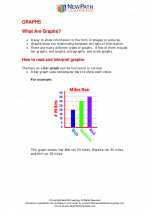
 Activity Lesson
Activity Lesson
 Activity Lesson
Activity Lesson
 Activity Lesson
Activity Lesson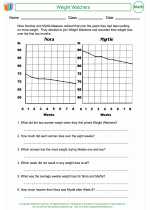
 Worksheet/Answer key
Worksheet/Answer key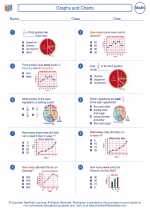
 Worksheet/Answer key
Worksheet/Answer key
 Worksheet/Answer key
Worksheet/Answer key
 Worksheet/Answer key
Worksheet/Answer key
 Worksheet/Answer key
Worksheet/Answer key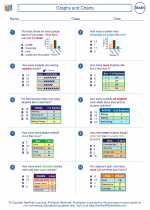
 Worksheet/Answer key
Worksheet/Answer key
 Worksheet/Answer key
Worksheet/Answer key
 Worksheet/Answer key
Worksheet/Answer key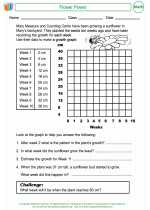
 Worksheet/Answer key
Worksheet/Answer key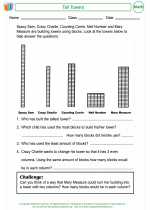
 Worksheet/Answer key
Worksheet/Answer key
 Vocabulary/Answer key
Vocabulary/Answer key